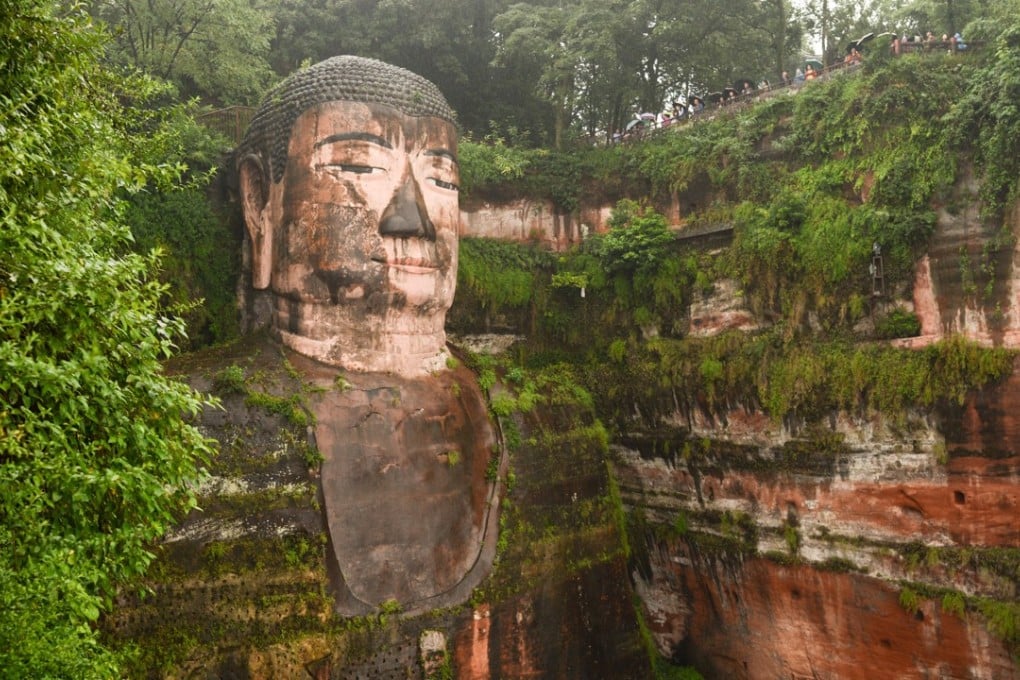From giant Buddha to Tibetan plateau to lush rainforest, Chengdu is rich in sites of interest
The area is home to some of China’s most beautiful scenery and visitors have plenty of scenic side trips to choose from, including trips to important Buddhist pilgrimage destinations

Chengdu sits at the centre of some of China’s most beautiful scenery, and amid a number of important cultural sites. In every direction, there are Unesco-protected World Heritage sites and culturally significant places of interest.
To the south of the city lie Emei Mountain and the Leshan Giant Buddha. Now less than an hour’s travel from the capital via high-speed rail, these two sites represent important religious pilgrimage destinations for the Buddhist faithful, and incredibly busy tourist destinations during the peak season, from spring until late autumn. Both are well-developed tourist destinations with easy access to the holy sites and great accommodations for visitors planning and staying for more than just a day.
To the west are the Himalayan foothills and the lush tea plantations of the regions around Ya’an and Qionglai. Further west is Kangding, the gateway to Tibet and the rugged Kham prefecture, where the majority of the population is Tibetan and the towns are bedecked in the gold, blue and red colours of Tibetan Buddhism.
Here you can climb snowy peaks, drink yak butter tea, and visit ancient Buddhist monasteries on the Tibetan plateau. To the north is another Tibetan region, Aba, with the world famous Jiuzhai Valley National Park. Jiuzhaigou, as it is locally known, is one of the most beautiful places on earth, known for its emerald and turquoise pools, stark peaks rising up to a crisp, clear sky, and vast forests populated by some of China’s most elusive and unique flora and fauna.
The region was recently hit by a magnitude 7.0 earthquake, which damaged much of the park’s beautiful lakes and pools, and forced officials to shutter the park for the remainder of the year.
Crews are working throughout the winter to restore much of the park’s beauty, and tourist operators and hoteliers alike are optimistic that the park will return to its former splendour by late spring 2018.
To the east are the red clay hills of eastern Sichuan and the vast city of Chongqing. Although the sites here lack the fame of Emei, Kham, or Jiuzhai Valley, this region is beautiful and charming in its own right.
Here, the famous Sichuan fog descends on fields of green amid the red hills and small villages serving up the best in local cuisines. A semitropical rainforest, replete with monkeys, bright flowers, and deep caves hidden in the folds of the eastern mountains, invites exploration. The Yangtze River flows through this region, and the bamboo forests stretch out across to the southeast, to Yibin, where the Bamboo Sea lies waiting for visitors to discover its beauty.